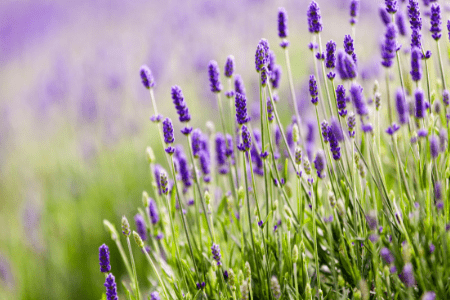As winter’s chill fades away and the first signs of spring emerge, it’s the perfect time to step outside and breathe new life into your outdoor space. While many focus on spring cleaning indoors, don’t forget about the rejuvenation needed outside as well. This season offers an opportunity to refresh your garden and prepare it for the months ahead. From tidying up neglected corners to planning what to plant, here’s a guide to spring cleaning outside and transforming your garden into a vibrant haven.
1. Tidy Up and Declutter:
Begin by assessing your outdoor space. Remove any debris, fallen leaves, and dead plants leftover from winter. Prune shrubs and trees to promote healthy growth and remove any damaged or overgrown branches. Clearing out clutter not only enhances the aesthetic appeal of your garden but also creates a clean canvas for new growth.

2. Prepare the Soil:
Healthy soil is the foundation of a thriving garden. Turn over the soil in your flower beds and vegetable patches to aerate it and remove any weeds. Add compost or organic matter to enrich the soil with nutrients, improving its structure and fertility. Proper soil preparation sets the stage for robust plant growth throughout the season.

3. Plant Spring Flowers:
Embrace the vibrant colors of spring by planting a variety of flowers. Consider adding tulips, daffodils, crocuses, and hyacinths for early spring blooms. These cheerful flowers not only add visual appeal but also attract pollinators to your garden. Plant them in clusters or along borders for maximum impact.

4. Start Your Vegetable Garden:
Spring is the perfect time to start planting vegetables that thrive in cooler temperatures. Consider sowing seeds or transplanting seedlings of spinach, lettuce, carrots, radishes, and peas. These early-season crops can withstand light frosts and provide fresh produce for your table as early as late spring or early summer.

5. Incorporate Perennials:
Introduce perennial plants into your garden for long-lasting beauty year after year. Choose varieties that are well-suited to your climate and soil conditions. Perennials like lavender, sage, salvia, and peonies not only add color and texture but also require minimal maintenance once established.

6. Create a Relaxing Oasis:
Transform your outdoor space into a tranquil retreat by adding elements that promote relaxation and enjoyment. Consider installing a water feature, such as a fountain or pond, to add soothing sounds and attract wildlife. Create cozy seating areas with comfortable outdoor furniture where you can unwind and savor the beauty of your garden.

7. Implement Sustainable Practices:
As you clean and prepare your garden for spring, strive to incorporate sustainable practices that benefit both the environment and your garden’s health. Consider using organic fertilizers and natural pest control methods to minimize the use of chemicals. Collect rainwater in barrels for watering your plants and reduce water waste. By adopting eco-friendly practices, you can create a garden that thrives in harmony with nature.

8. Sustainable Practices
Incorporating sustainable practices into your gardening routine not only benefits the environment but also enhances the health and productivity of your garden. One way to do this is by making your own planters and trellises using recycled materials. For example, you can repurpose old wooden pallets to create raised beds or vertical planters, or use reclaimed wood to build sturdy trellises for climbing plants like tomatoes and cucumbers.
Another eco-friendly gardening technique is composting. Instead of throwing away kitchen scraps and yard waste, composting turns these materials into nutrient-rich soil that can be used to fertilize your garden naturally. You can start a compost pile in your backyard or invest in a compost bin to contain odors and speed up the decomposition process. Not only does composting reduce waste and save money on store-bought fertilizers, but it also helps to maintain healthy soil structure and promote microbial activity.

Conclusion
In addition to sustainable gardening practices, choosing native plants and drought-tolerant varieties can help conserve water and reduce the need for chemical inputs. Native plants are adapted to the local climate and soil conditions, making them more resilient and requiring less maintenance. Similarly, drought-tolerant plants have evolved mechanisms to survive with minimal water, making them ideal for water-wise gardening in regions prone to dry spells.
When it comes to pest control, opt for natural and organic methods whenever possible. Companion planting, which involves interplanting beneficial species to repel pests or attract beneficial insects, is a great way to reduce the need for chemical pesticides. For example, planting marigolds around your vegetable garden can help deter pests like aphids and nematodes, while attracting pollinators like bees and butterflies.
By incorporating these sustainable gardening practices into your spring cleaning and planting routine, you can create a beautiful and bountiful garden that nourishes both you and the planet. So roll up your sleeves, get creative with recycled materials, and let your garden flourish in harmony with nature!
